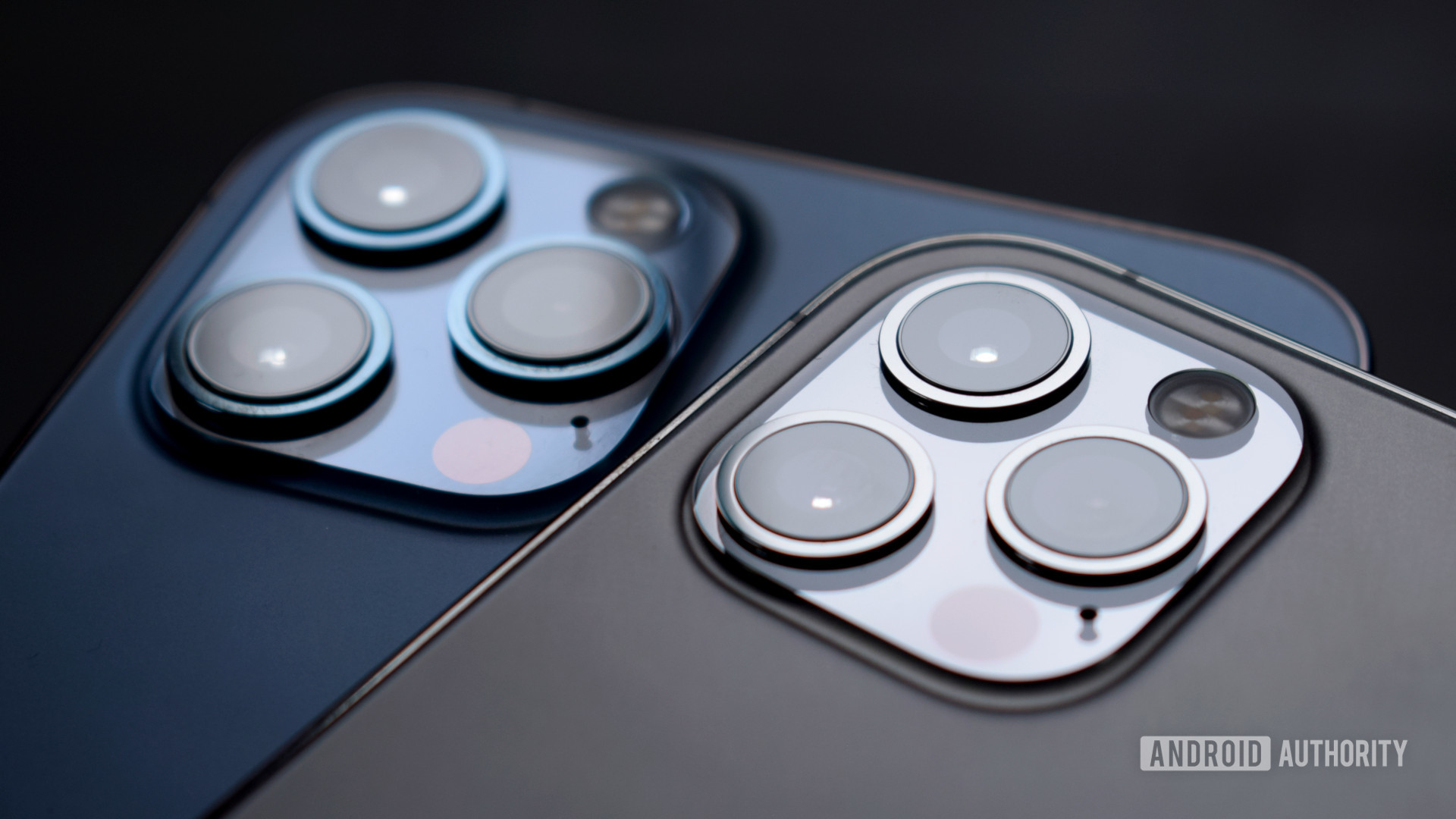Affiliate links on Android Authority may earn us a commission. Learn more.
iPhone 13 could offer satellite connectivity (Updated: More details)

- Apple is tipped to include LEO satellite support in its iPhone 13 series.
- This could initially allow users to send text messages and report crashes in areas with no cellular connectivity.
- The service may eventually be able to handle some phone calls too.
Update: August 31, 2021 (6:57 PM ET): According to a fresh report by Bloomberg, Apple’s plan to bring satellite connectivity to iPhones will be focused on emergency situations only. It should allow users to send texts to first responders and report incidents like crashes in areas that have low or no cellular connectivity.
Apple is said to be preparing two such emergency features that will rely on satellite connectivity. These features will show up in future iPhones but it’s not certain if those will belong to the iPhone 13 series. The emergency messaging feature will be integrated into the Messages apps alongside standard SMS and iMessage options. It will restrict messages to a shorter length.
The second feature will allow reporting major emergencies, such as plane crashes and sinking ships, also using satellite networks. Additionally, the service may eventually be able to handle some phone calls too.
Original article: August 30, 2021 (3:58 AM ET): According to a new rumor from a reliable Apple tipster, the iPhone 13 could bring support for low earth orbit (LEO) satellites, bolstering its connectivity abilities in areas with limited coverage.
The tip stems from reliable Apple analyst Ming-Chi Kuo, quoted by MacRumors, and points to the use of a “customized Qualcomm X60” modem that supports LEO satellites across the iPhone 13 line. This would allow the phones to place calls or send texts even if no cellular service is available.
iPhone 13 and LEO satellites: Why?
Apple’s reported use of LEO satellites wouldn’t be a replacement for 4G and 5G networks, but they would allow users to communicate with others even if there’s no immediate cellular coverage. This would be hugely beneficial for those in rural areas or those nowhere near ground stations.
While high-speed internet is also possible using LEO satellites, it’s unclear if this use case is a priority for Apple. Starlink is one of the newest and arguably the most widely known LEO satellite-based internet providers at present. The company claims top speeds of up to 1Gbps with latency between 25ms and 35ms. It’s unclear which satellites the iPhone 13 could support, but American satellite communications operator Globalstar is apparently in the running.
Kuo also reportedly adds that Apple may bring this technology to future devices beyond phones, including cars.
Whether the LEO satellite tip holds any water remains to be seen. Kuo has a solid track record, but we’d still recommend waiting for Apple’s official iPhone 13 announcement, which could come as early as September 14.
Beyond possible networking buffs, the iPhone 13 is said to bring improvements to its camera array, including autofocus for its ultra-wide shooter. Also mooted is an under-display fingerprint sensor beneath an always-on display.